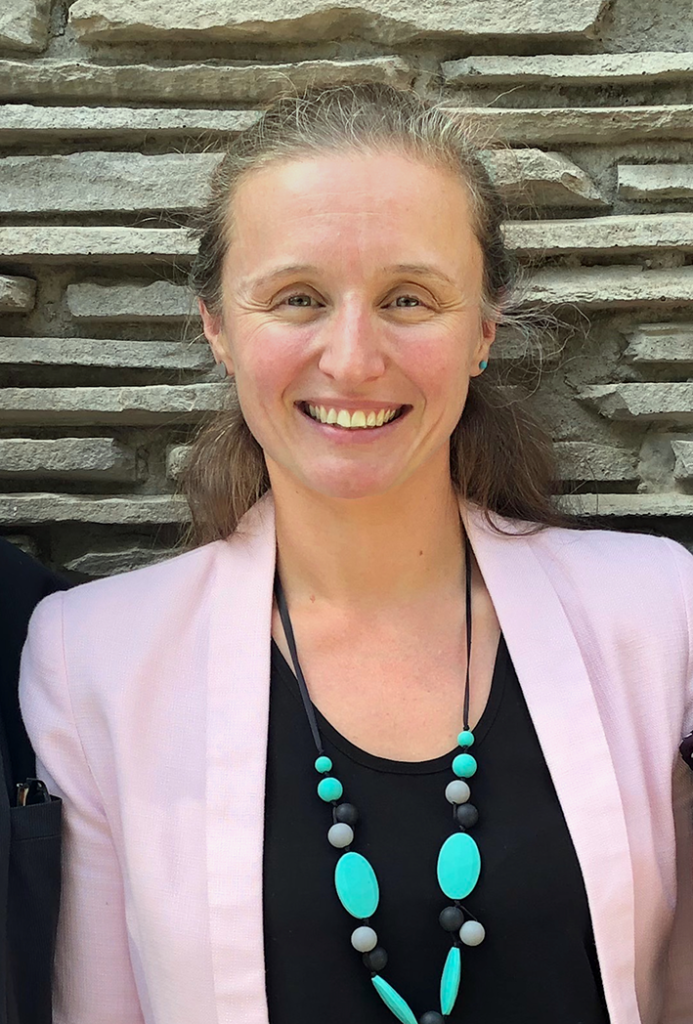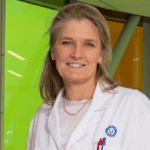What is your area of research specialism and what attracted you to it?
Brain damage occurring around the time of birth causes death and disability in many millions of babies every year. Understanding the causes of brain injury and designing therapies is the focus of my work. My high school science and maths teachers were passionate and real human beings who really started my love for solving problems in biology – and my undergraduate lecturers made me accountable and pushed me to achieve and through that I discovered how many problems need to be solved related to protecting the brain of the newborn baby.
What has been your proudest research accomplishment so far?
My mentor and I, the extraordinarily gifted Professor Pierre Gressens, finished a collaborative project last year where we identified a model pathway affecting brain injury in our snail model, and were able to work with a massive team to show that this pathway is relevant to brain injury in babies and design a highly innovate nanoparticle for manipulating this pathway to improve outcomes. The complementary skill sets from the researchers allowed us to discover new things about the brain that certainly bring us closer to having therapies to prevent perinatal brain injury.
What is the most important question you want to address in your research?
Luckily most babies have mild brain injury and some have typical development over time, but many will need help at school and may struggle with their interactions with other people. I think it is critical to know if once we can clearly see that young children are not developing typically if we could still intervene to repair their brain, to make it possible for them to reach their potential in life. One of the innovative aspects to PREMSTEM is that we are testing whether therapies with some delay can be effective.
What is your lab’s role on the PREMSTEM project?
We are testing the ability of our stem cell therapy to help repair brain damage in a large animal (the sheep). This animal model mimics a form of brain injury seen in babies, related to changes in oxygen supply. Using large animal models of human disease is a crucial step in making sure therapies and both effective and safe for babies.
What is innovative about PREMSTEM? Why is this research important?
We all know someone who is pregnant or has a child. If you know ten people like that, chances are one of those babies was born too early. That early birth is scary as it makes it more likely the baby will die, or have brain injury. This research is important because it offers the chance to give clinicians the power to regenerate the brain of a baby born too early, the power to make sure that the baby and their family have the best chance to live healthy lives.
What is the most significant outcome you hope PREMSTEM can achieve?
Whole families’ lives are turned upside down due to preterm birth and the brain damage that all too often comes with it. PREMSTEM will be the first opportunity to calm that storm, provide options to improve outcomes and to protect not only babies, their families, and their communities but that will save millions of dollars by reducing care costs that can then go towards helping others.






